The long road to dual-purpose knobbies
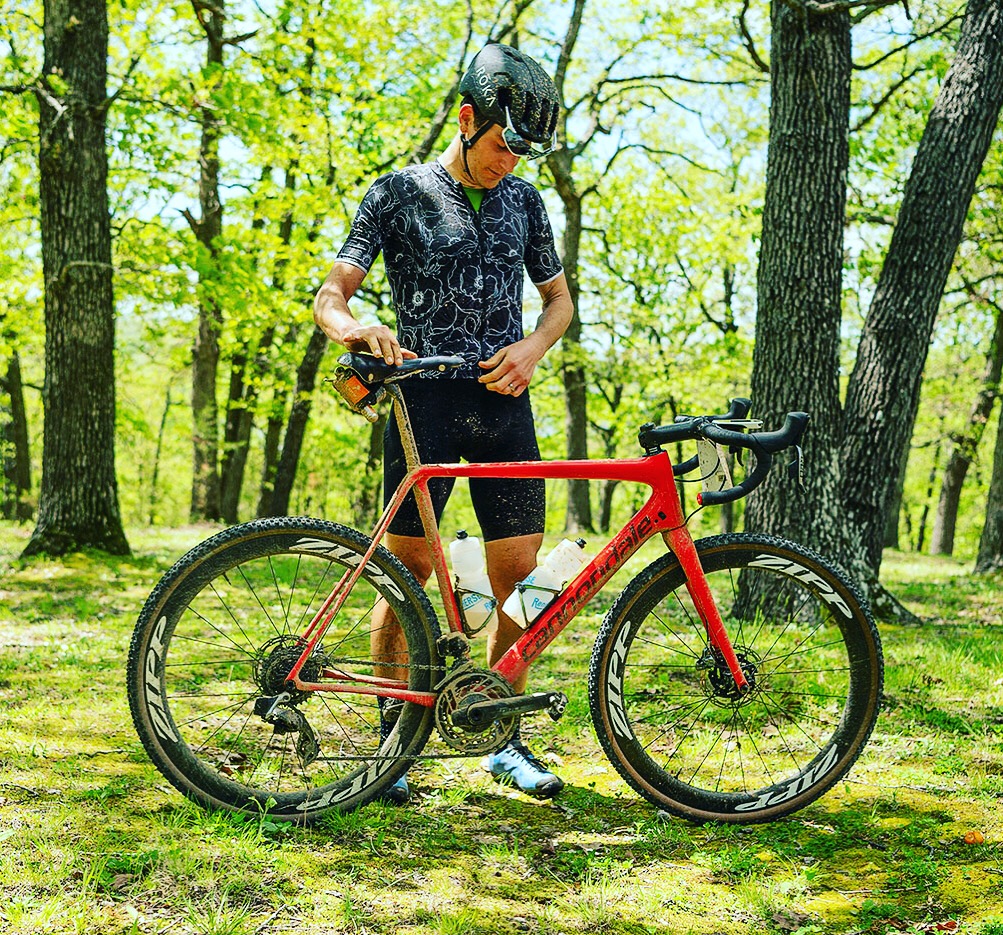
When Ted King recently won the Epic 150 gravel race in Missouri on our Rene Herse Steilacoom tires, many were surprised that he ran knobbies on a fast course. But there were a few muddy corners where the knobs would provide valuable grip, and Ted knew that on the smooth portions of the course, he wouldn’t give up performance, thanks to our innovative tread pattern.
When we developed our ‘dual-purpose’ knobbies, I wanted tires that roll and corner as well on pavement as they grip in mud. I can see you shaking your head: “Impossible!” For grip in mud, you need knobs. On pavement, knobs flex as the tire rolls, consuming energy and slowing the bike. And when leaning the bike into a paved turn, knobs squirm, which reduces grip and makes cornering unpredictable.
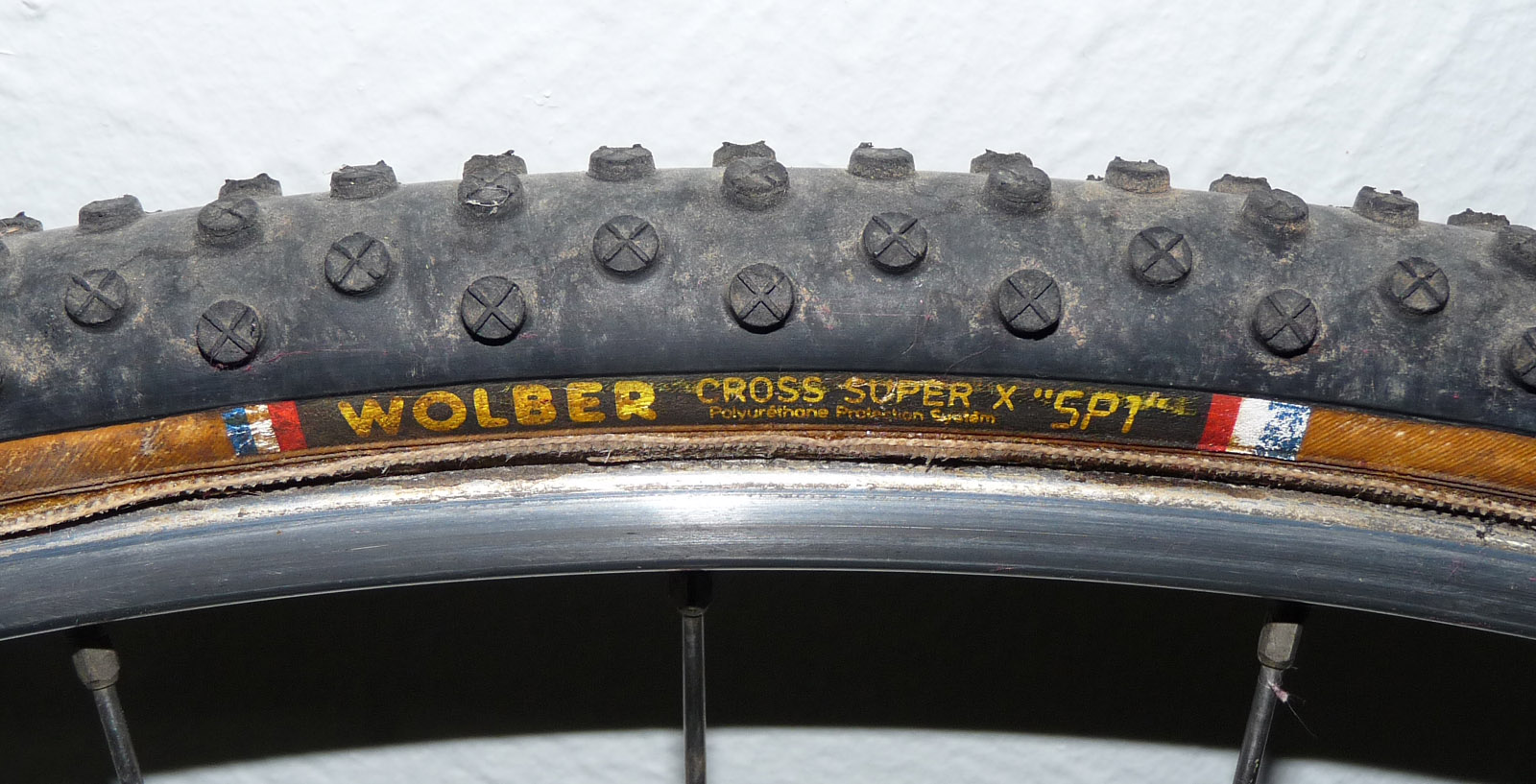
That is why for most of the history of cycling, there were knobby tires for cyclocross, and smooth tires for the road. Nobody thought of riding knobbies on the road…
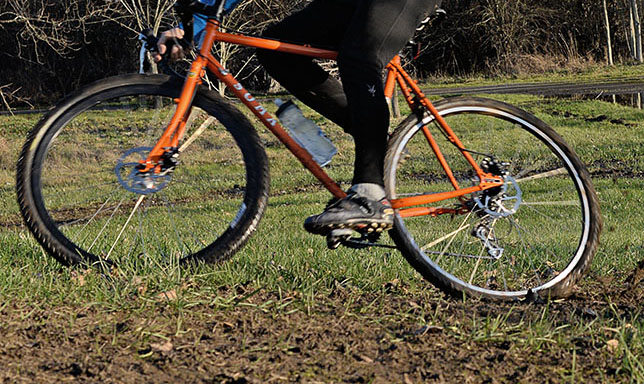
When mountain bikes became popular in the 1980s, knobby tires were part of their rugged appeal, but most entry-level mtbs were ridden around town. Tire makers started to think about making knobbies that perform better on pavement. The solution was obvious: Make them less ‘knobby’ by spacing the knobs more closely. In the center of the tire, the knobs often were linked to form a continuous ‘center ridge.’ This distributed the rider’s weight over more knobs and reduced the squirm. On pavement, this worked to a degree – these tires squirmed less, but they were still no high-performance tires.
There was a drawback: When you really need knobs to dig into soft soil, mud or snow, the closely spaced knobs clog up. You spin as you would on a slick tire. These days, you don’t find many tires with center ridges and densely spaced knobs any longer, because they are worse than road tires on pavement, and just as bad in mud.
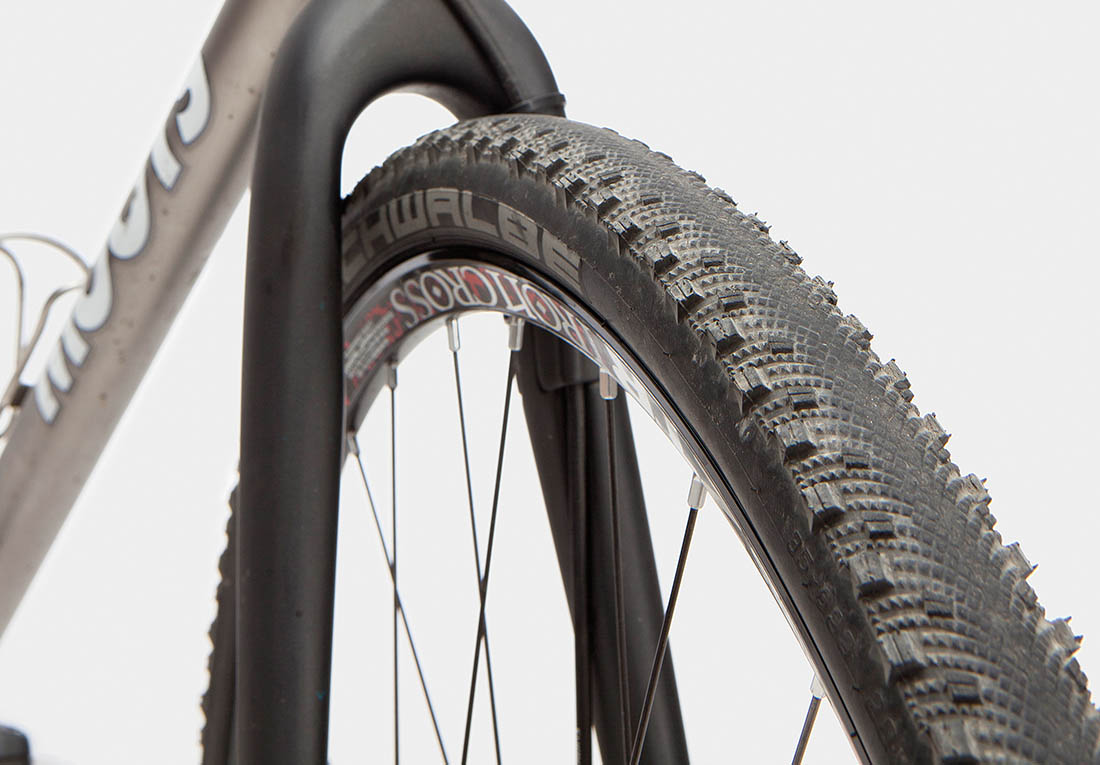
The next idea was to remove the knobs in the center of the tread. That way, you roll mostly on smooth rubber when going straight, which reduces the tire’s resistance. As long as you go straight, this works OK. When you corner on pavement, the tire grips fine at first. Then you climb onto the knobs and suddenly lose traction. It’s not exactly what you want from a high-performance tire…
If these tires had excellent performance in mud, it might be worth the trade-off. But when grip is reduced, you can’t lean the bike far enough to use the corner knobs. Even if the tire sinks deep into the mud, there are too few knobs to really make a difference – you don’t get much extra traction. Once more, you end up with a tire that corners like a knobby on pavement, but slides like a slick tire in mud.
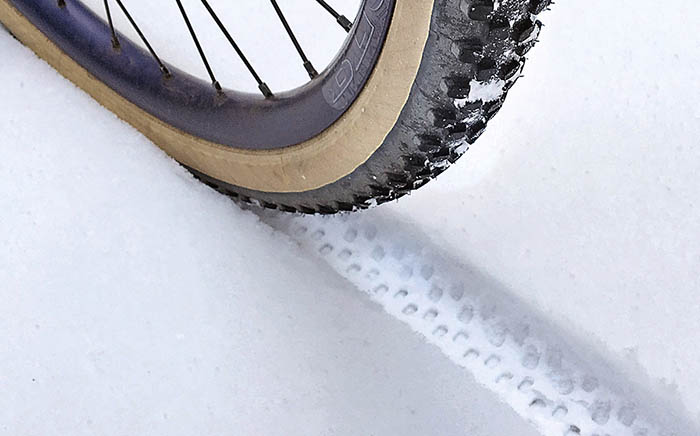
How can you get around this problem? On the face of it, the answer is simple: Make the knobs large enough that they don’t squirm, yet space them far enough that the mud clears from in between. The knob shape itself doesn’t make much of a difference – the engineers of several tire makers have acknowledged privately that the different knob shapes are “mostly for style.”
Coming up with the idea was easy, but the devil is always in the details. Can a knob be large enough not to squirm, yet small enough to dig into the mud? Our testing indicated that this was possible. How much open space do you need to clear mud? Fortunately, decades of racing cyclocross on various tires had given us a good idea of where to start with our testing.
How to make a knobby tire that corners predictably? You arrange the knobs so that there always is the same amount of rubber on the road, no matter how hard you lean the bike. That way, the traction is always the same, rather than suddenly breaking away as you lean and get on the edge of a line of knobs. It’s logical, and yet I haven’t seen any other knobby tire that follows that principle.
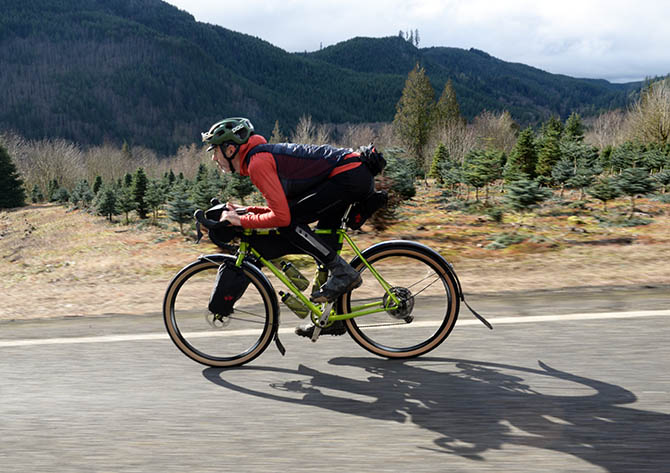
The hardest part was combining all these parameters into a single tread pattern. It took a lot of experimentation, but the result has surprised everybody. On a fast paved group ride, these tires perform as well as many racing tires. I know this sounds like hyperbole, but riders who’ve tried these tires agree. Gravel racer Ted King wrote to us: “On pavement, they’re incredibly smooth. The tread pattern is awesome — it’s really cool how deceptively simple the Steilacoom tread is, yet how well the tires work.” One independent reviewer even set Strava KOMs on his Steilacooms.
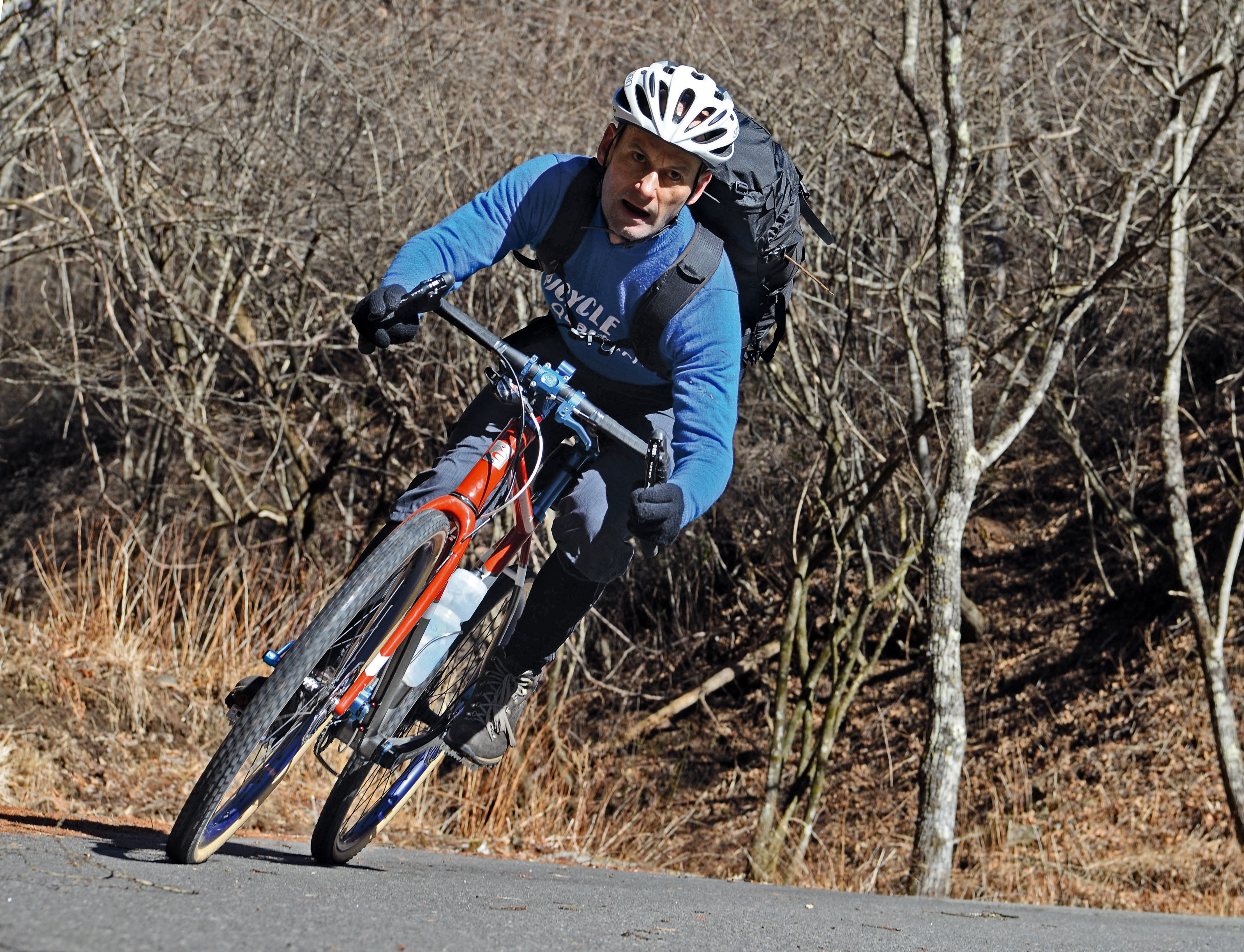
The cornering is easier to show. I can’t think of any other knobby tire that I’d dare to lean over that far on pavement. And I wasn’t even pushing the limits…
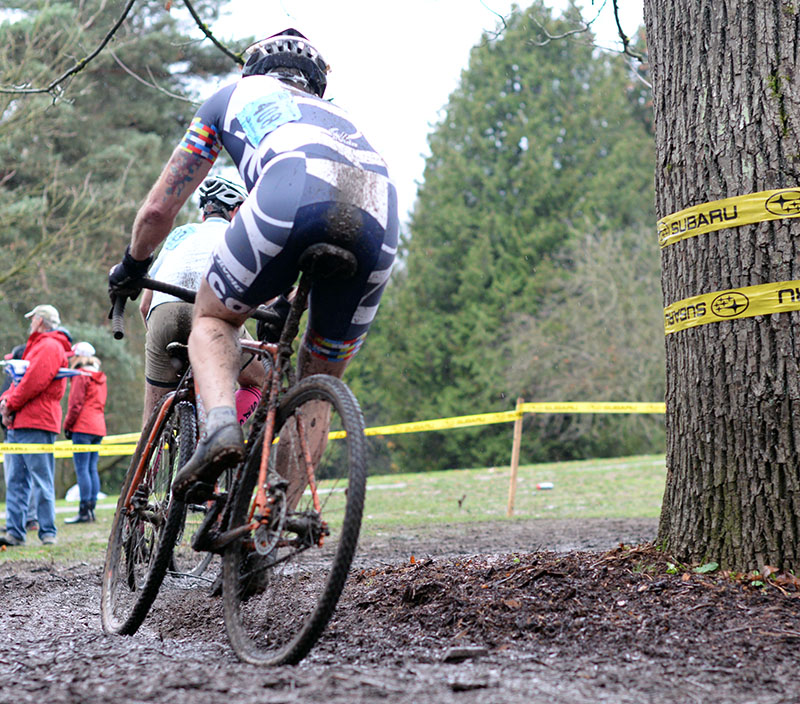
How about the performance in mud? After three seasons of cyclocross on Steilacooms, everybody agrees: They grip as well as the best cyclocross tires developed specifically for muddy courses.
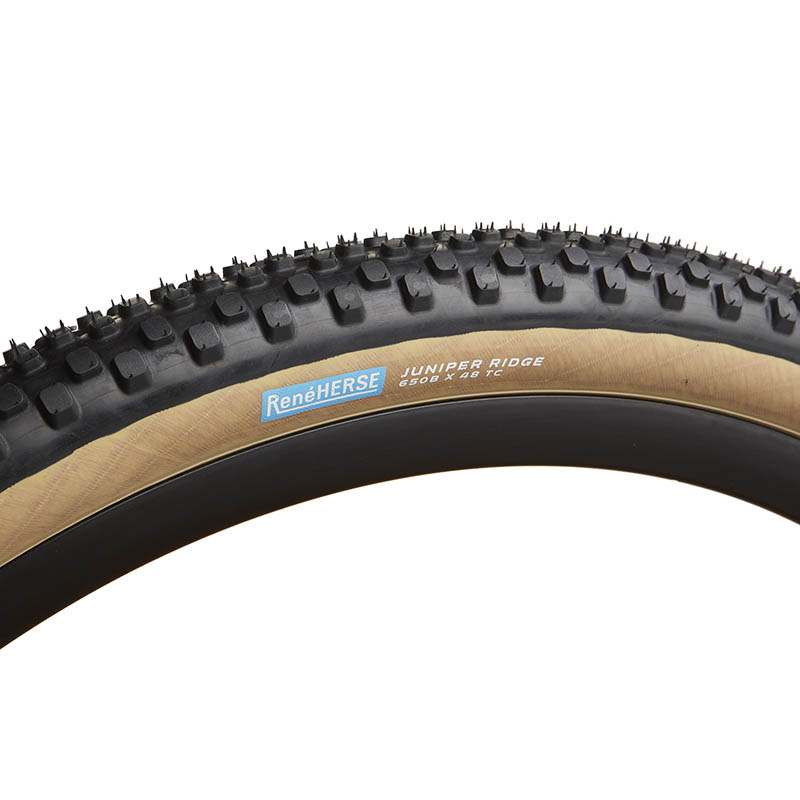
Surely, there must be some drawbacks – otherwise, we should all be riding these knobbies all the time!
On the straights, the knobs have less ‘pneumatic trail,’ because there isn’t a continuous surface of rubber on the road. That means they don’t have quite the same straight-line stability as smooth-treaded tires in the same width. You may not even notice this, because the effect is small.
The knobs add a little weight, too, but once again, the effect is small, because the tread between the knobs is thinner – that part of the tire doesn’t wear, so we don’t need extra rubber there. Our knobbies weigh between 45 and 60 g more than their smooth-treaded cousins in the Rene Herse tire program. Thanks to our lightweight casings, they’re still lighter than almost any other tire with the same width.
As to the rolling resistance, the difference is so small that you won’t notice on the road even on a spirited ride with a group of well-matched friends. The biggest disadvantage may be that, like Ted King at the Epic 150, you’ll have people wonder why you ride “so much tire” on rides that include significant pavement…
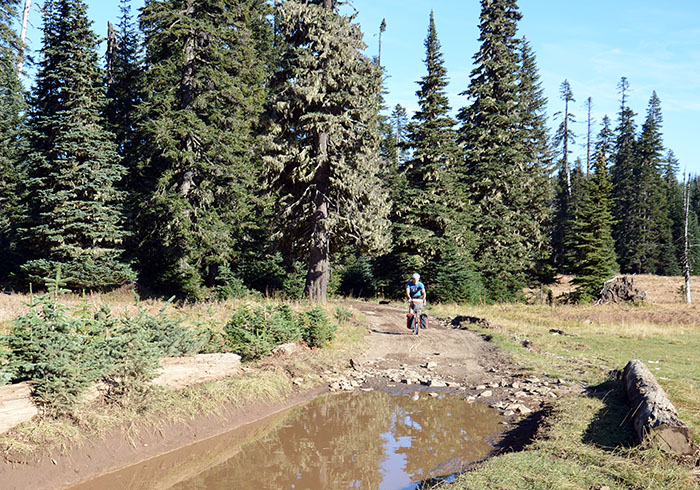
I’m excited about the Rene Herse dual-purpose knobbies, because they make rides possible that were difficult to imagine before: rides that combine paved roads with muddy trails and even snow. We no longer have to choose between on-road performance and off-pavement grip. Once again, we’re pushing the limits of what our all-road bikes can do.
Our dual-purpose knobbies are available in three models:
- 700C x 38 mm Steilacoom
- 700C x 42 mm Hurricane Ridge
- 650B x 42 mm Pumpkin Ridge
- 650B x 48 mm Juniper Ridge
Photo credit: Dustin Michelson (Photo 1).


